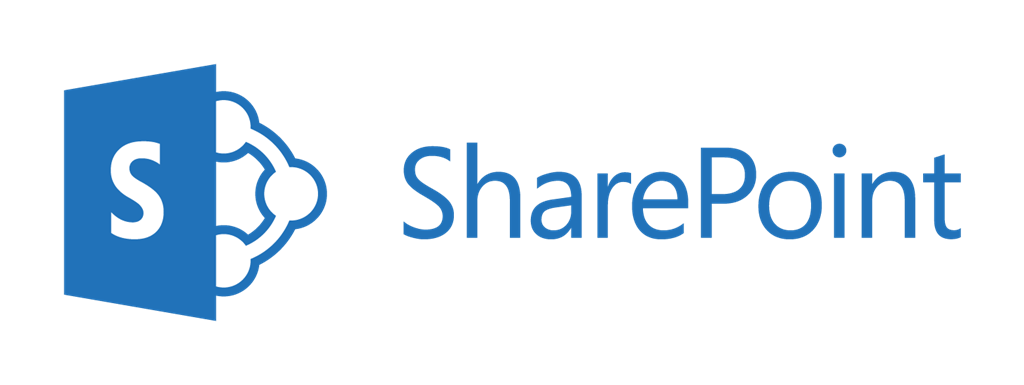Top Link bar helps to navigate between SharePoint Sites(Webs), and Quick Launch menu allows to access Subsites, Lists and Libraries placed on the Web. Top Link bar and Quick Launch navigation menus support security trimming, it means basically user will not see document or page that he don’t have access to.
In SharePoint 2013, user with appropriate rights can simply edit Top Link bar items by pressing “Edit Links” on the right:
Quick Launch menu settings are stored on application page in Site Settings -> “Quick launch” under “Look and Feel” section (http://portal/webname/_layouts/15/quiklnch.aspx ). User can add new links and change the order of existing items there:
Also under “Look and feel” section there is “Tree view” setting:
Tree View control shows the site structure in hierarchical view. We can turn off Quick Launch links, or use Tree View together with Quick Launch menu
Third part of navigation is “Managed Metadata”. “Managed Metadata” allows to tag SharePoint documents and items with some metadata. We can create a set of shortcuts, and then assign them to documents or list items
If Manage Metadata Application Service is configured and “Metadata Navigation and Filtering” is enabled, we can use these keys to find and filter content:
Metadata Navigation tree could be enabled for SharePoint Web or particular list or library. It is very useful for SharePoint libraries with large numbers of documents, because metadata search is very fast.















Leave A Comment